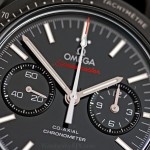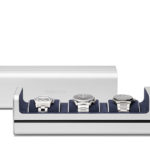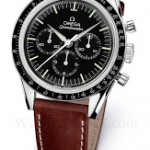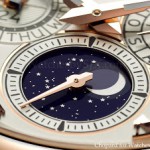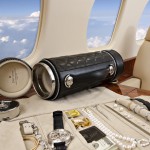Barrelhand Sends “Memory Disc” Case Back to the Moon
A time capsule for an astronaut's EVA watch.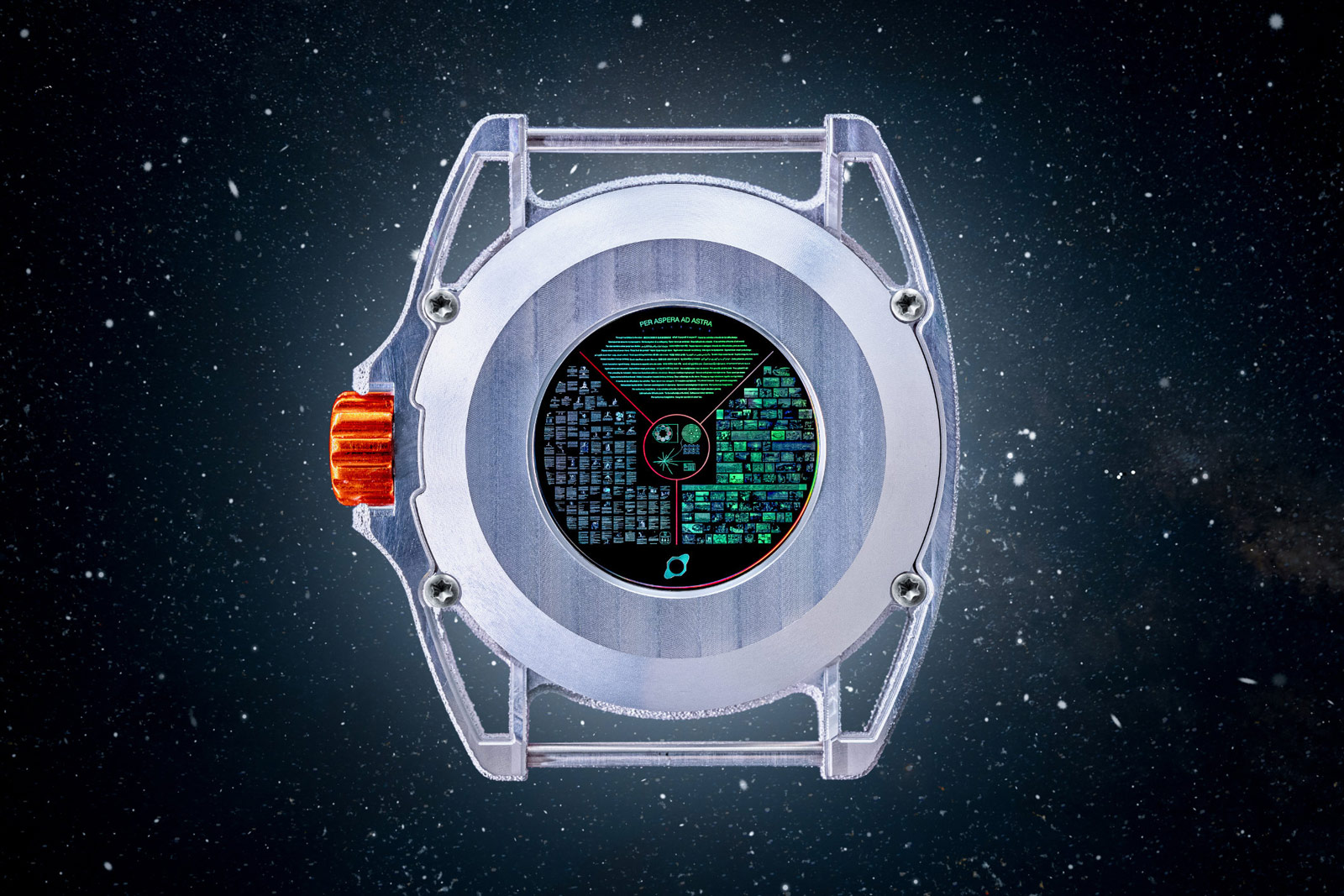
Best known for its Urwerk-inspired Project 1, Barrelhand is now working on the Monolith, a watch for astronauts featuring novel innovations, including an air-tight crown that can be adjusted in space or underwater. Described as a “professional grade EVA [extravehicular activity] tool watch compatible with current and next generation xEMU spacesuits”, the Monolith is a work in progress, however, a bit of it has just landed on the Moon.
The case back of each Monolith will carry a “Memory Disc”, a nickel-alloy plate with 1,000 pages worth of micro-engraving. A permanent, analogue physical storage medium, it’s a time capsule of sorts. A single Memory Disc has just landed on the Moon as part of the payload on the IM-1 mission carried by the Nova-C lunar lander, nicknamed “Odysseus”, launched by Intuitive Machines, a privately-funded space exploration enterprise that has contracts with NASA to deliver cargo to the Moon. Alongside the Memory Disc, IM-1 also carried an artwork by Jeff Koons as well as a space camera, all of which will remain on the Moon (at least for now).

Initial thoughts
The Monolith is an interesting proposition as according to Karel Bachand, Barrelhand’s founder, the watch is developed to pass the “EVA tests originally outlined for the Apollo missions… [and] we have full documents outlining the criteria and corresponding tests it needs to pass.” Although detailed specifications of the watch are not yet available – they will be when the watch is finally launched later in the year – it sounds like an promising endeavour from a non-traditional.
Non-traditional because Mr Bachand is mechanical engineer who established Barrelhand in San Francisco. And before that, while in college, he created a 3D-printed Urwerk replica in resin. As a result, Barrelhand’s approach to the astronaut’s timepiece is more manufacturing- and technology-focused rather than horology. The notable features of the watch lie in its production, case functions, and materials. The movement inside is a Sellita SW 300-1, albeit modified for robustness for takeoff and EVA, but still a basic movement.
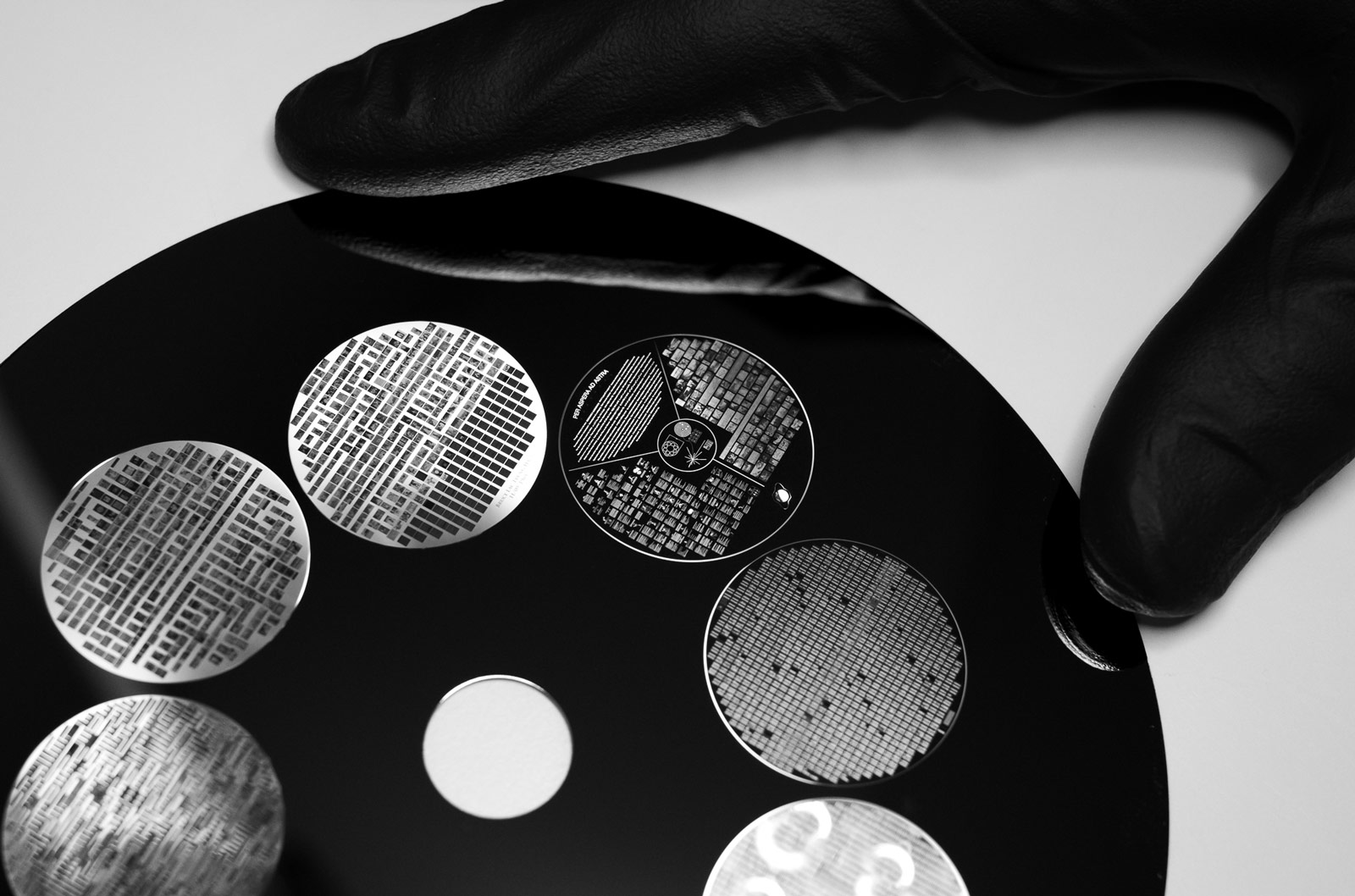
The Memory Disc is made with NanoFiche, a micro-engraving technology for long-term storage
However, it comes with a big caveat. Only a specimen of the Memory Disc has gone to the Moon, so the Monolith has not yet undergone actual testing in space. Mr Bachand acknowledges that, “There is nothing like real world testing so that’s also something we are working towards”.
The Monolith is priced at US$8,750, and its value proposition will largely hinge on whether it actually gets tested in space. As a watch merely made for space travel in theory, it is pricey given the materials and Sellita movement. But if the Monolith does go to space on the wrist of an astronaut, it will become one of the rare few watches to achieve that distinction.
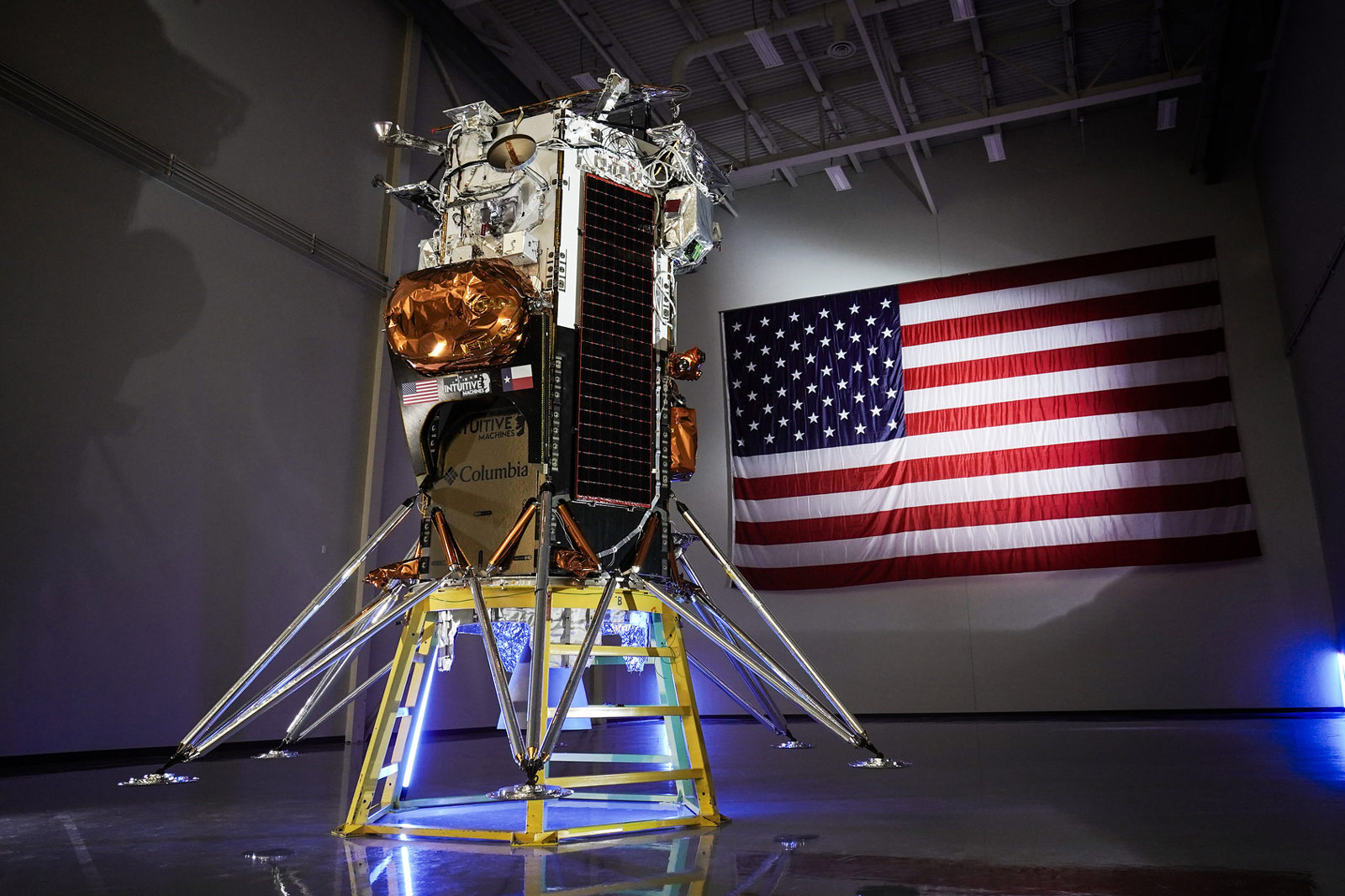
The Nova-C lander that carried the payload to the Moon
A Moon watch
According to Barrelhand, the Monolith was designed to be compatible with NASA’s latest-generation xEMU spacesuit – the acronym is short for Exploration Extravehicular Mobility Unit – an instrument for astronauts in other worlds.
Mr Bachand says the Monolith will be required to pass the NASA tests for EVA equipment, which include operation in temperatures from -120°C to 120°C. Other features include the ability to release gas that builds up inside the case, as well as optimising the automatic winding mechanism in zero gravity. It is important to note, however, that the Monolith is still under development so not all testing has been completed yet.
To that end, the Monolith case is an open-worked construction 3D-printed in Scalmalloy, an aluminium-scandium alloy that is lightweight yet strong that is currently popular for aerospace and sporting applications. According to the alloy’s producer, Scalmalloy is the highest-strength aluminium alloy that can be produced via additive manufacturing (more popularly known as 3D printing).
Amongst the notable features of the case is the “airlock” crown that can be operated underwater without moisture entering the case. Although such a crown is not a first in watchmaking, it is uncommon enough to be novel.
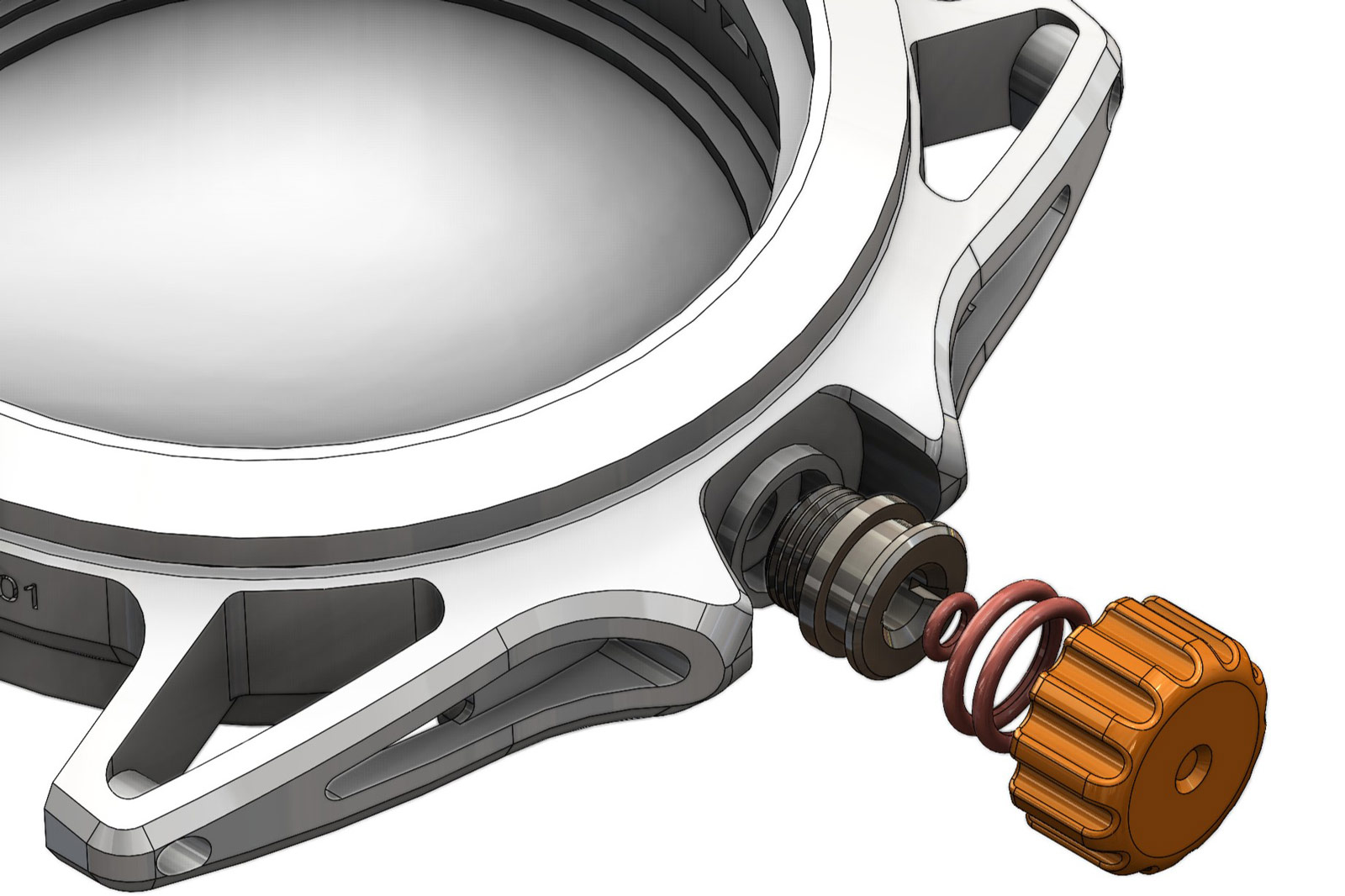
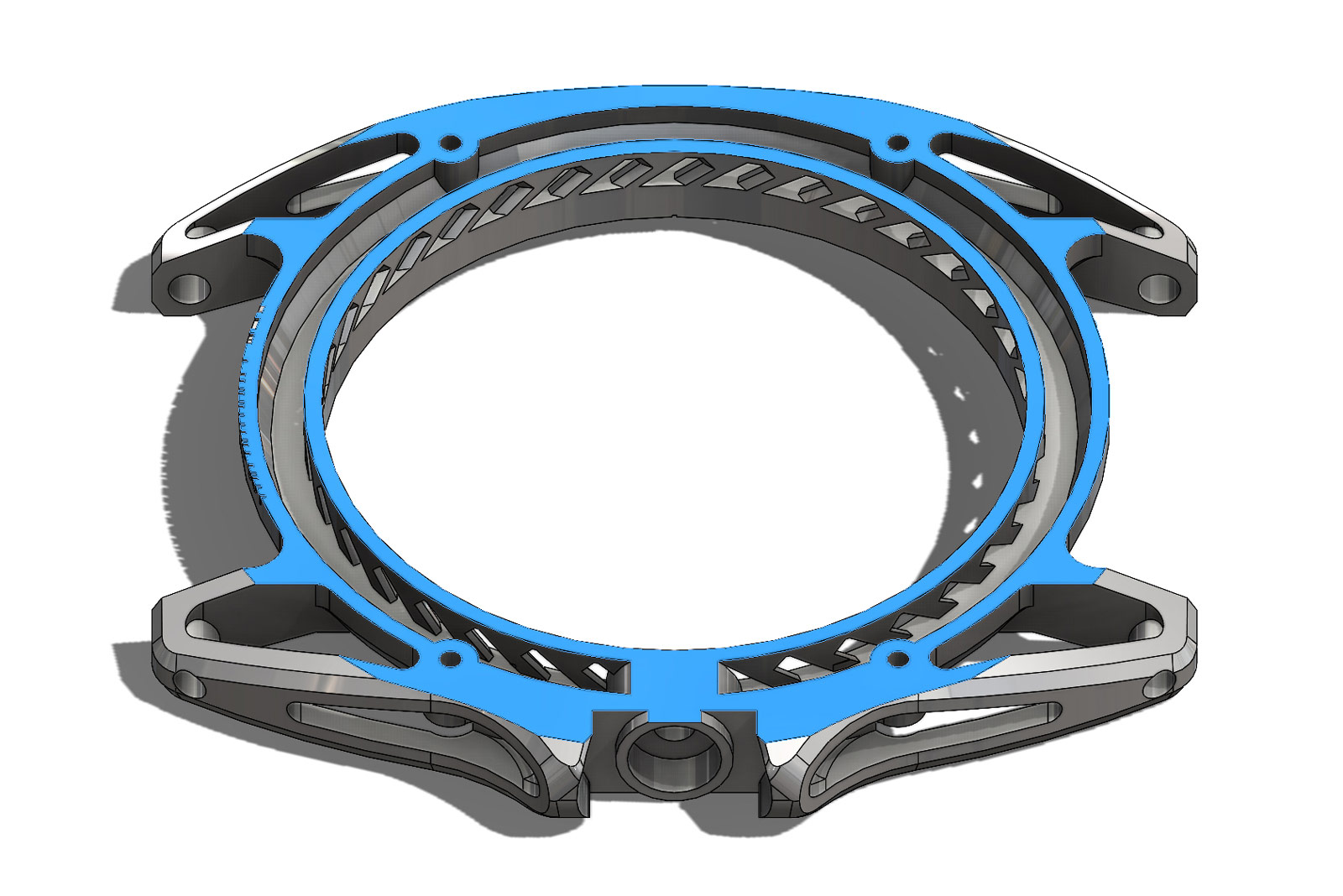
The Memory Disc is inset on the case back of the Monolith. It’s made of a nickel alloy and produced with NanoFiche, a micro-engraving technique that results in data rendered on such a tiny scale that enormous volumes of information can be stored on a tiny surface. The 19 mm-diameter Memory Disc on the watch back, for instance, can store 1,000 pages, or 4.5 GB, of data.
Because NanoFiche is a physical process, the Memory Disc is an analogue and permanent storage medium. According to Barrelhand, the Memory Disc can withstand exposure to “solar flares, magnetic fields or extreme temperatures… [and is] capable of enduring for millions of years.”
The Memory Disc that landed on the Moon has been engraved with information relating to human culture, including Le Petit Prince by Antoine de Saint-Exupéry, and works of art like the Mona Lisa and Whistler’s Mother.
Under the Memory Disc back is a Sellita SW 300-1 that has been modified for extra robustness. Amongst the upgrades are escapement parts in nickel-phosphorous and a non-magnetic Nivaflex hairspring.
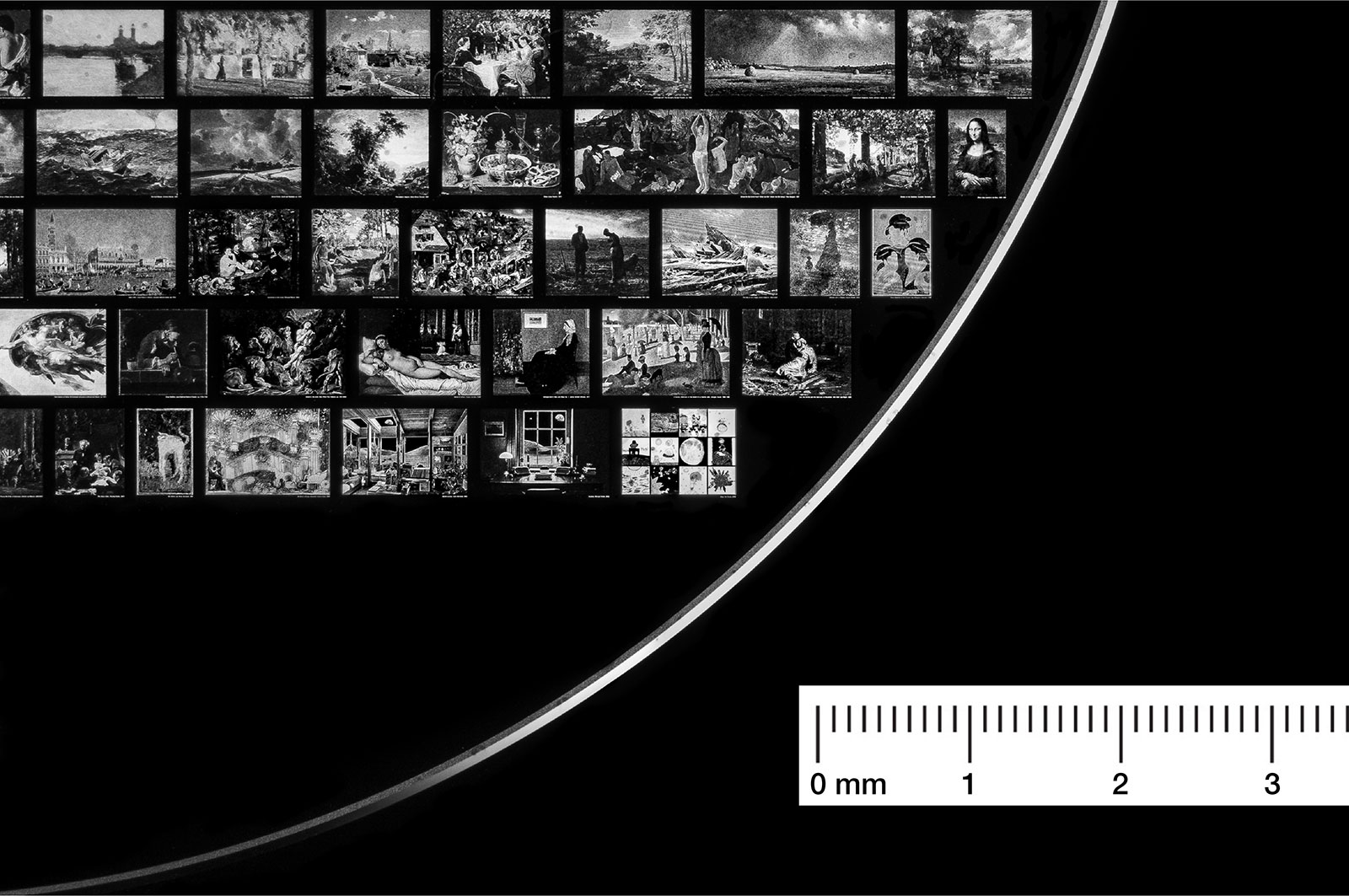
A closeup of the Memory Disc, showing the data that can be accommodated in a section several millimetres wide
Key facts and price
Barrelhand Monolith
Diameter: 38 mm
Height: 10.9 mm
Material: 3D printed air-core insulated Scalmalloy
Crystal: Sapphire
Water resistance: Unavailable
Movement: M1 (Sellita SW300-1b)
Functions: Hours, minutes, and seconds
Winding: Automatic
Frequency: 28,800 beats per hour (4 Hz)
Power reserve: 50 hours
Strap: Not yet revealed
Availability: Can be pre-ordered from Barrelhand starting February with delivery in autumn 2024
Price: US$8,750
For more, visit barrelhand.com.
Back to top.

